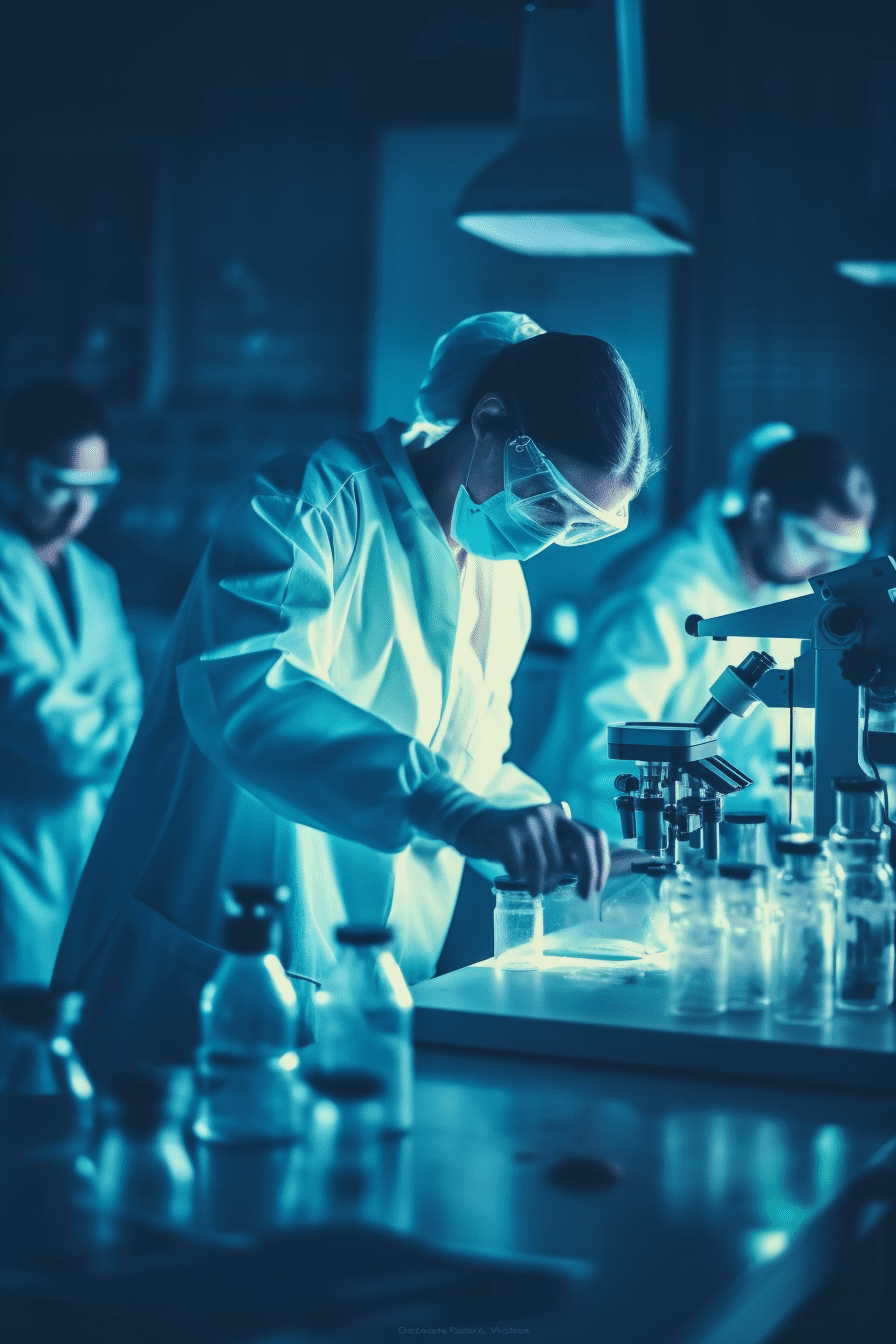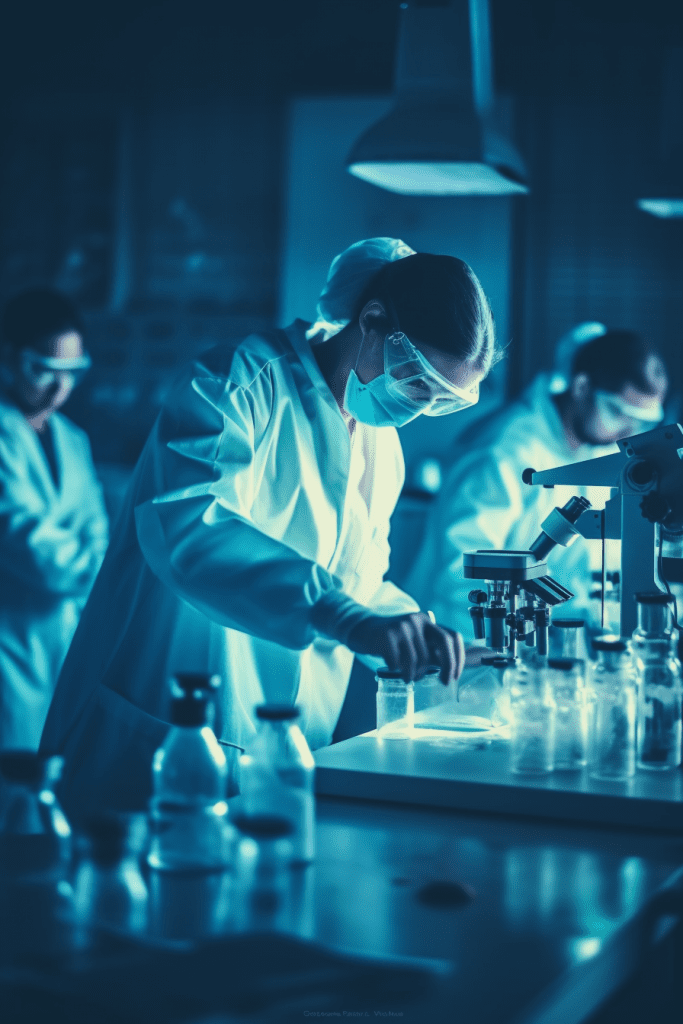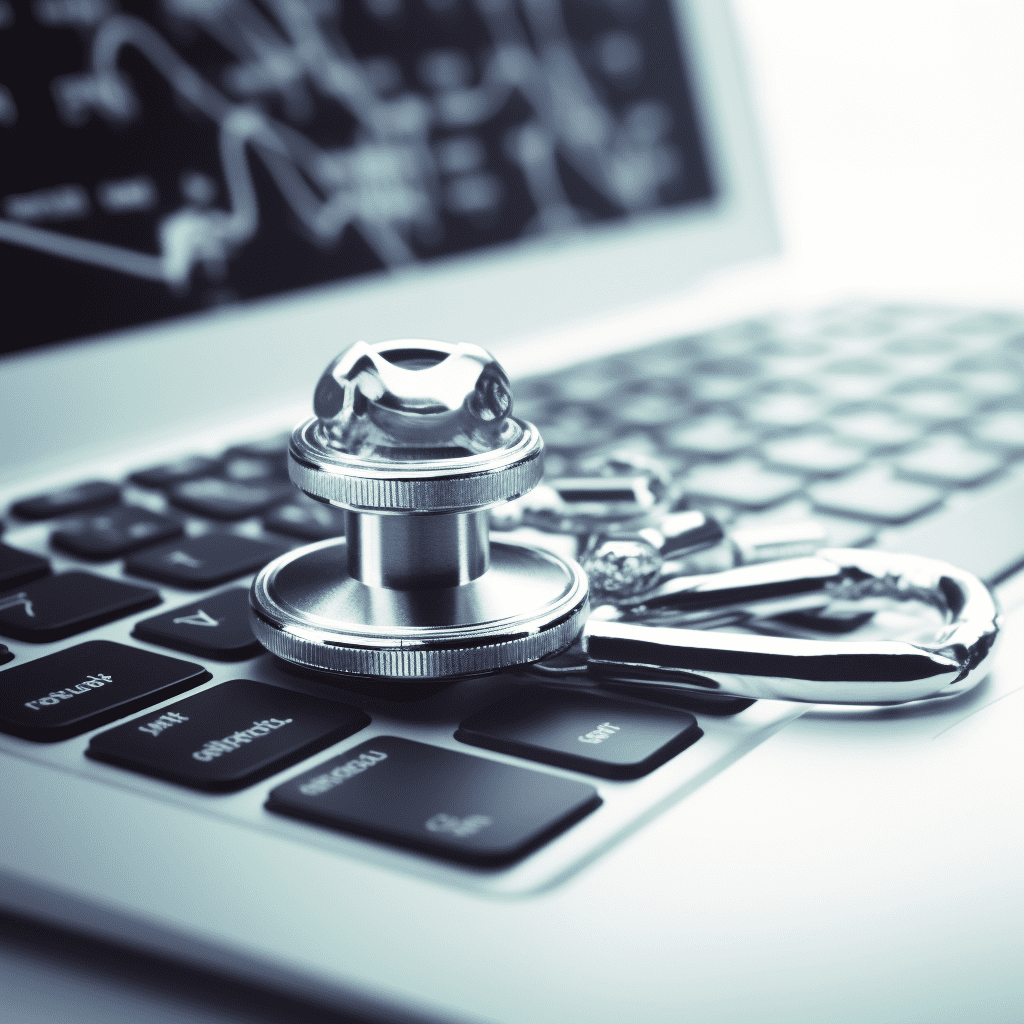Pharmacovigilance in Oncology: Ensuring Drug Safety
 2 years ago
By John Lewis Elopre
2 years ago
By John Lewis Elopre

In the ever-evolving landscape of oncology, the role of pharmacovigilance takes center stage. It’s not just about discovering groundbreaking cancer treatments; it’s also about ensuring that these therapies are safe and effective. Pharmacovigilance, a crucial component of healthcare, plays a pivotal role in monitoring and maintaining drug safety. In this comprehensive article, we delve into the world of pharmacovigilance in oncology, exploring its significance, processes, and the steps taken to ensure that cancer patients receive the safest treatments possible.
Pharmacovigilance in Oncology
Pharmacovigilance, often referred to as drug safety surveillance, is the science and activities related to the detection, assessment, understanding, and prevention of adverse effects or any other drug-related problems. In the context of oncology, where patients undergo complex and rigorous treatments, pharmacovigilance takes on heightened importance.
Understanding Pharmacovigilance
Pharmacovigilance begins with the collection of data on adverse events or side effects associated with drugs. This data is systematically analyzed to evaluate the risks and benefits of the medication.
The Importance of Pharmacovigilance in Oncology
In oncology, where novel therapies are developed at a rapid pace, ensuring drug safety is of paramount importance. Pharmacovigilance helps identify potential risks associated with cancer treatments and ensures that they are promptly addressed.
Pharmacovigilance Lifecycle
The pharmacovigilance process can be broken down into several key stages.
Identifying Potential Risks
Before a new cancer drug is approved, extensive pre-clinical testing is conducted to identify potential risks. This stage is crucial in minimizing the chances of unexpected adverse events.
Data Collection and Reporting
Healthcare professionals, patients, and pharmaceutical companies play a vital role in reporting adverse events. Timely and accurate data collection is essential for assessing drug safety.
Risk Assessment and Signal Detection
Pharmacovigilance experts analyze the collected data to detect signals or patterns that may indicate safety concerns. This step is pivotal in understanding the real-world safety profile of a drug.
Risk Minimization and Management
If significant risks are identified, measures are put in place to minimize and manage these risks. This may include updating drug labels, changing dosing guidelines, or even withdrawing the drug from the market.
Regulatory Oversight in Oncology Pharmacovigilance
Government regulatory agencies, such as the FDA in the United States and the EMA in Europe, provide oversight and guidance in pharmacovigilance. They ensure that rigorous safety standards are met before and after drug approval.
Challenges and Complexities
Oncology pharmacovigilance faces unique challenges.
Patient Heterogeneity
Cancer patients are diverse in terms of age, genetics, and health status. This diversity can complicate safety monitoring as different patients may react differently to the same drug.
Combination Therapies
Many cancer treatments involve combinations of drugs. Monitoring the safety of these combinations adds complexity to pharmacovigilance efforts.
Long-Term Safety Monitoring
Oncology often requires long-term treatment, and the safety of drugs must be monitored over extended periods to uncover any latent side effects.
Technological Advancements in Pharmacovigilance
Technology is transforming pharmacovigilance. AI and big data analytics are being used to identify safety signals more efficiently, leading to quicker responses to potential risks.
The Human Element: Healthcare Professionals and Patients
Healthcare professionals and patients play a critical role in pharmacovigilance. Their vigilance in reporting adverse events ensures that drug safety concerns are addressed promptly.
Global Collaboration in Drug Safety
Pharmacovigilance is a global effort, with collaboration between countries, pharmaceutical companies, and regulatory agencies. Sharing data and insights is essential for comprehensive drug safety monitoring.
Future Trends in Pharmacovigilance
The future of pharmacovigilance holds promise. Advancements in technology, increased global collaboration, and a growing awareness of the importance of drug safety are shaping the landscape of oncology pharmacovigilance.
Key Takeaways
Pharmacovigilance in oncology is a critical component of ensuring that cancer patients receive safe and effective treatments. Through a meticulous process of data collection, analysis, and global collaboration, the healthcare industry is committed to minimizing risks and maximizing the benefits of cancer therapies.
FAQs
- What is pharmacovigilance? Pharmacovigilance is the science and activities related to the detection, assessment, understanding, and prevention of adverse effects or any other drug-related problems.
- How does pharmacovigilance benefit cancer patients? Pharmacovigilance helps identify potential risks associated with cancer treatments, ensuring patient safety.
- What are the common challenges in oncology pharmacovigilance? Challenges include patient heterogeneity, combination therapies, and the need for long-term safety monitoring.
- How can technology improve drug safety monitoring? Technology, such as AI and big data analytics, enables quicker detection of safety signals and more efficient risk assessment.
- Is pharmacovigilance a global effort? Yes, pharmacovigilance involves global collaboration between countries, pharmaceutical companies, and regulatory agencies to ensure comprehensive drug safety monitoring.

Navigating the Complex World of Global Regulatory Affairs in Oncology
In today's fast-paced global pharmaceutical landscape, the regulatory affairs sector plays a pivotal role in ensuring the safety, efficacy, and market access of oncology drugs. As the demand for innovative cancer therapies continues to grow, understanding the intricacies of global...
2 years agoNavigating the Complex World of Global Regulatory Affairs in Oncology
In today's fast-paced global pharmaceutical landscape, the regulatory affairs sector plays a pivotal role in ensuring the safety, efficacy, and market access of oncology drugs. As the demand for innovative cancer therapies continues to grow, understanding the intricacies of global...
2 years ago
The Vital Role of Institutional Review Boards (IRBs) in Oncology Research
In the world of medical research, ethics play a paramount role. Researchers, especially in fields like oncology, are constantly striving to find innovative solutions and treatments to combat cancer. However, these advancements must be achieved within the boundaries of ethical...
2 years agoThe Vital Role of Institutional Review Boards (IRBs) in Oncology Research
In the world of medical research, ethics play a paramount role. Researchers, especially in fields like oncology, are constantly striving to find innovative solutions and treatments to combat cancer. However, these advancements must be achieved within the boundaries of ethical...
2 years ago
Data Privacy and Security in Oncology Trials
In today's digital age, data privacy and security have become paramount concerns across various industries, including healthcare. Within the realm of clinical research, particularly in oncology trials, safeguarding patient data is of utmost importance. This article delves into the critical...
2 years agoData Privacy and Security in Oncology Trials
In today's digital age, data privacy and security have become paramount concerns across various industries, including healthcare. Within the realm of clinical research, particularly in oncology trials, safeguarding patient data is of utmost importance. This article delves into the critical...
2 years ago